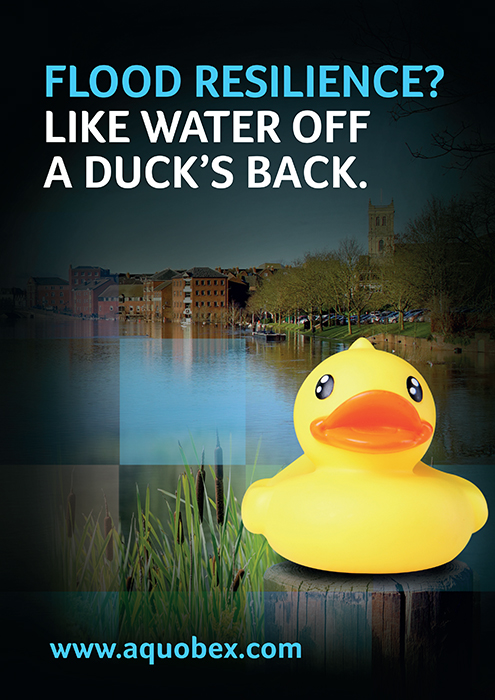In this ebook, design and engineering specialist Aquobex looks at how houses can be made more resistant to flooding to prevent water getting in
Winter is coming, bringing it with the now annual worry for thousands of homeowners that their property will be flooded.
With Britain experiencing more extreme weather and demand for housing leading to calls for more properties to be built on flood plains, it seems that more and more households will face the risk of rising flood waters – and will need to prepare in order to limit potential damage and to recover as quickly as possible should the worst happen.
Flood prevention and flood resilience
Design and engineering specialist Aquobex looks at how houses can be made more resistant to flooding to prevent water getting in and, if it does, more resilient to help ensure that families can be back in their homes in weeks rather than months.
It includes a look at the flood resilient home, fitted out with everything from tiled floors and non-return valves for toilets and showers to nanoshell waterproofing for walls and flood resilient kitchens that use durable, waterproof construction instead of MDF.
These features mean that once flood waters have receded, properties can just be disinfected, cleaned and left to dry without the need to rip out or refit.
Cooperation with Oxford Brookes University
The publication also looks at Aquobex’s work with Oxford Brookes University to study the impact of flood water on the different components of a house. This two-year research programme will give developers flood resilient design details, as well as an accurate damage model at building-scale for insurers and loss adjustors.
In addition, it highlights the company’s contributions to the PCA Flood Surveyor training programme run by the Property Care Association, as well as its commitment, through the Business Emergency Response Group, to work with other organisations to provide flood resilience measures to three properties badly hit by the 2016 floods in Cumbria.



